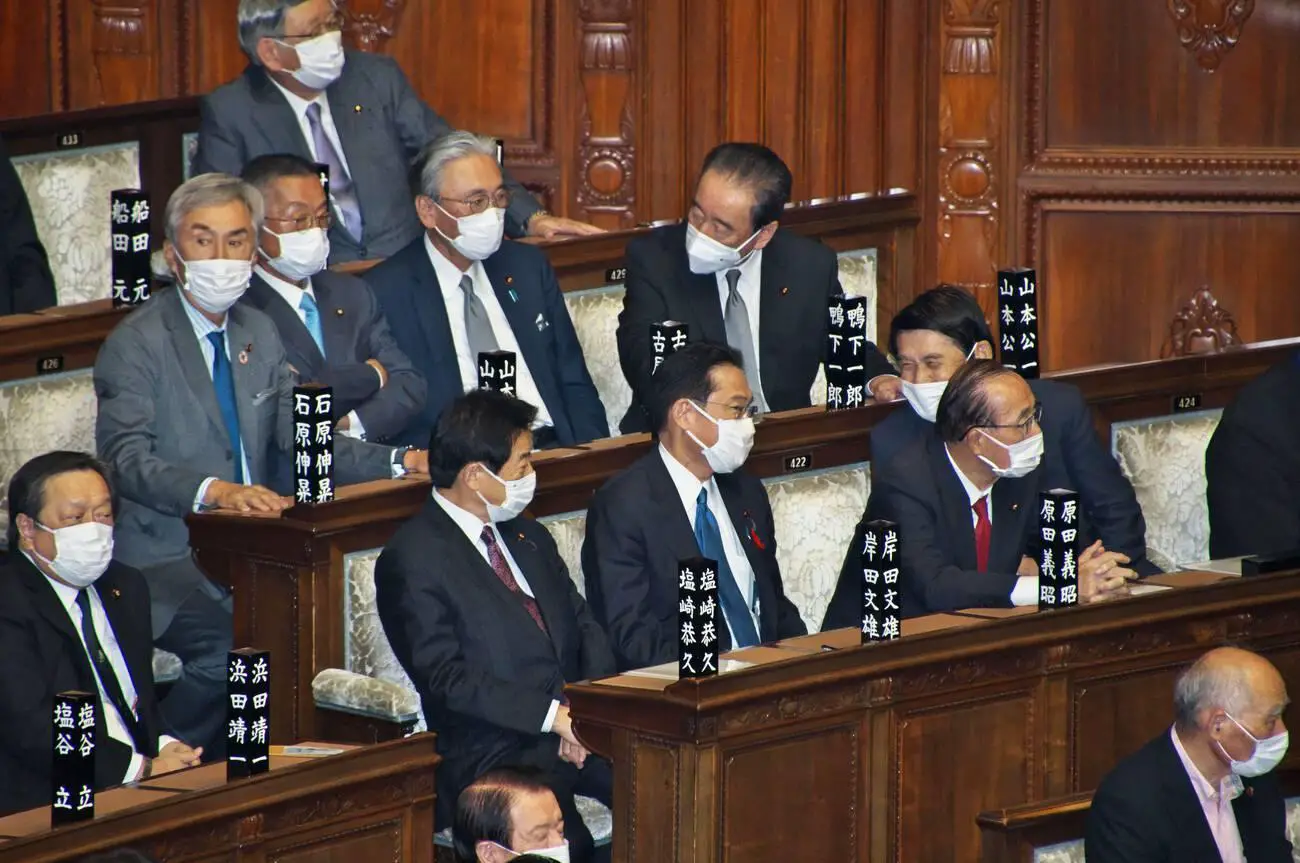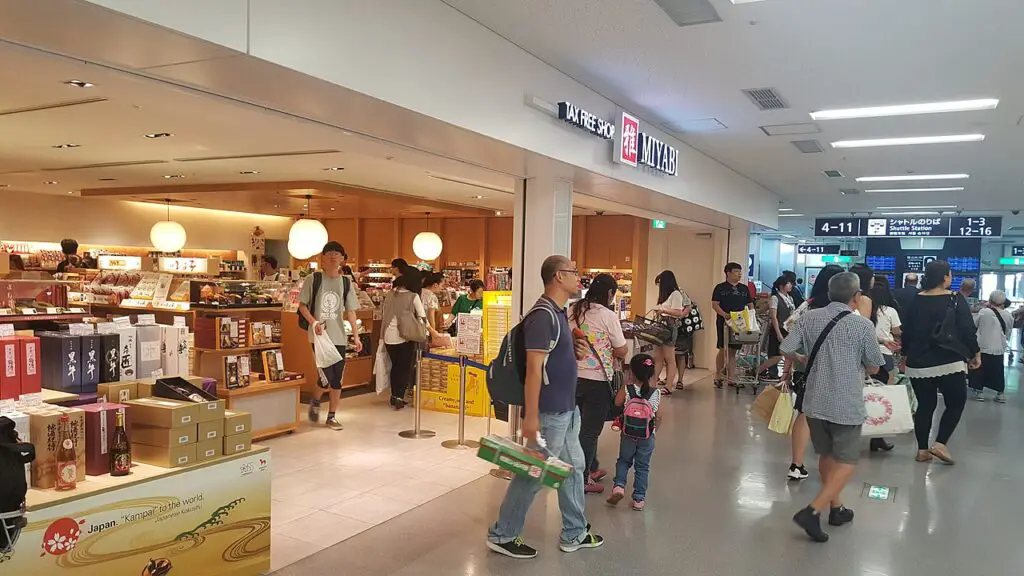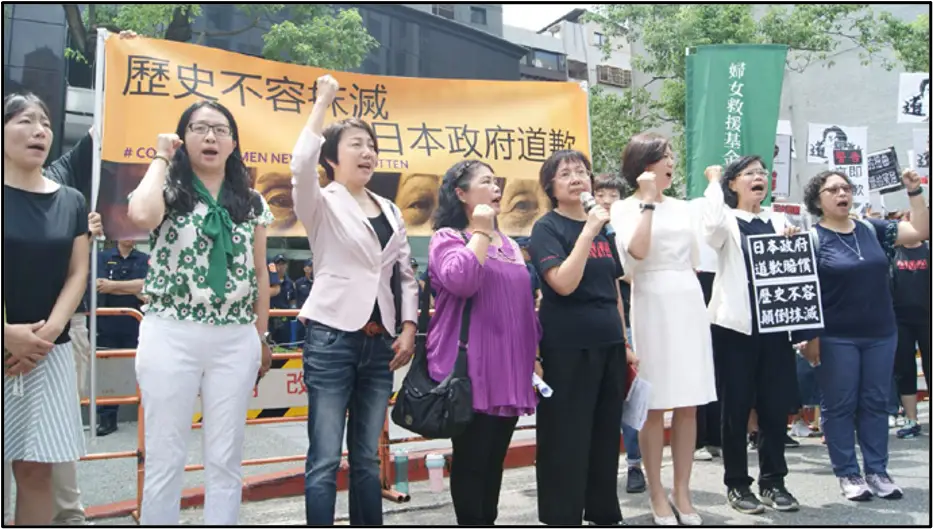TOKYO – Expanding the opportunities for skilled foreign workers, Japan’s ruling party granted its approval on Tuesday to a government proposal aiming to widen the scope of the blue-collar skilled worker visa. The proposed changes would effectively allow visa holders to reside in Japan indefinitely, potentially marking a significant shift in the country’s foreign labor policy. Prime Minister Fumio Kishida’s government is expected to officially endorse the plan next month, responding to persistent calls from the business community to secure essential human resources amidst a chronic labor shortage.

Increasing the Special Status Sectors
The plan, which gained approval from a Liberal Democratic Party committee on Tuesday, outlines an expansion from the current two industry sectors to a total of 11. Proficient laborers in industries such as construction and shipbuilding can presently extend their stays in Japan through the Specified Skilled Worker No. 2 visa status, allowing for the inclusion of family members and offering unlimited renewals. The proposed revision aims to include additional sectors such as fishery, agriculture, and hotels among the nine industries set to benefit from the expanded scope.
Exemptions and Existing Visa Categories
While the revised plan encompasses various industries, care workers will not be affected as they already have a separate visa category available to foreign workers with national qualifications. The move to broaden the skilled worker visa system was initially motivated by the severe labor shortage Japan faces, partly due to a declining birthrate. The current specified skilled workers system, introduced in April 2019, permits foreign workers with Japanese language proficiency and vocational skills to apply for the Specified Skilled Worker No. 1 status, enabling them to work in Japan for up to five years.

Limited Utilization of No. 2 Visa Status
According to data from the Immigration Services Agency, as of the end of February, only 10 individuals held the No. 2 resident status out of the approximately 146,000 foreigners residing in Japan under the No. 1 visa. Initially, the government was cautious about extending the No. 2 residency status across multiple sectors. However, growing pressure from companies in various industries seeking to retain their foreign workers has prompted a reconsideration of this stance. Japan has historically adopted a cautious approach towards foreign labor, leading to stringent immigration policies. However, the government’s evolving perspective also includes a potential overhaul of the country’s contentious trainee program.
Revamping the Trainee Program
Introduced in 1993, the existing trainee program has come under scrutiny due to numerous allegations of worker harassment and abuse. In late April, a government panel recommended scrapping the 30-year-old program, which had predominantly catered to the agricultural and manufacturing sectors. The proposed replacement system aims to address issues of unpaid wages and human rights violations more effectively. The panel’s suggestions include explicitly stating that the new program’s purpose is to secure human resources, in contrast to the current program’s objective of transferring knowledge and skills to developing countries.

Criticism and Future Developments
Critics argue that the current trainee program has often been exploited by companies seeking cheap labor, as Japan’s working-age population continues to decline. An expert panel, consisting of academics and representatives from local governments, is expected to finalize its proposals by the fall of this year for submission to the government. With potential changes to both the skilled worker visa system and the trainee program, Japan is gradually adjusting its approach to foreign labor to meet the evolving needs of its economy and address pressing labor shortages.



